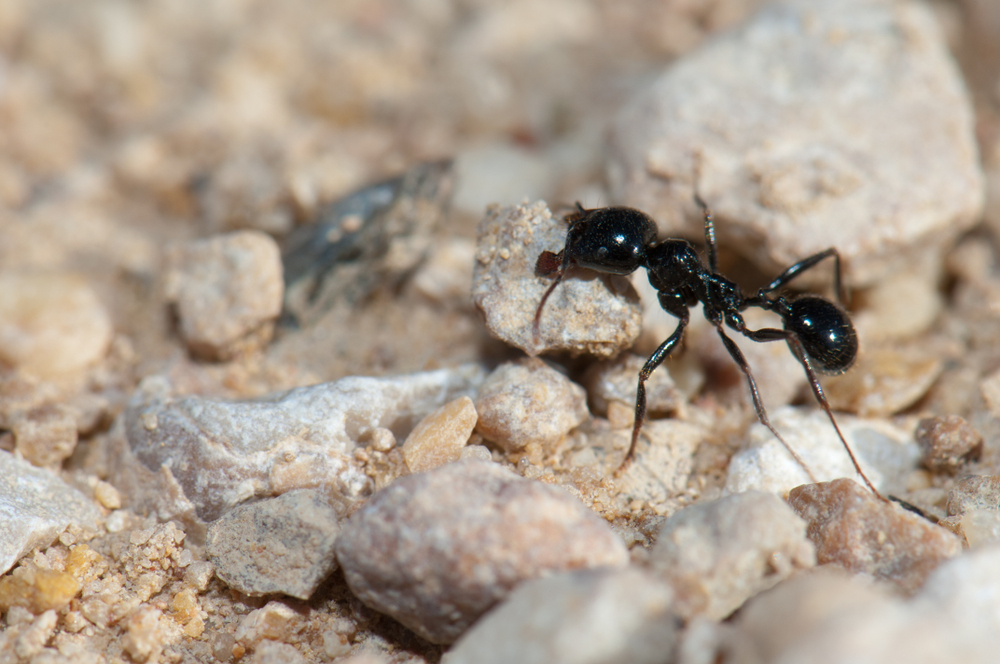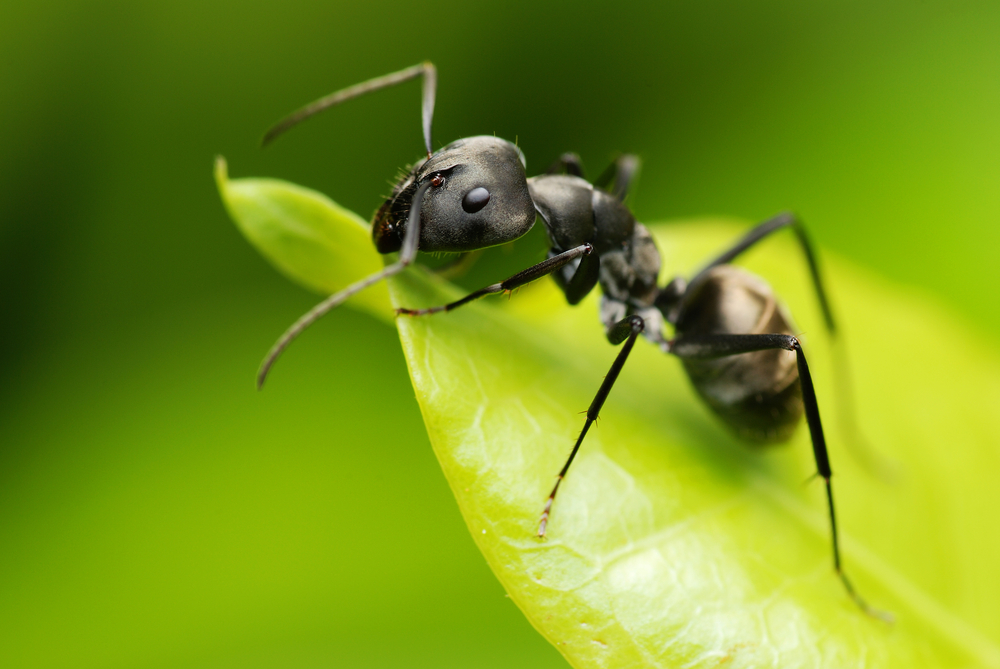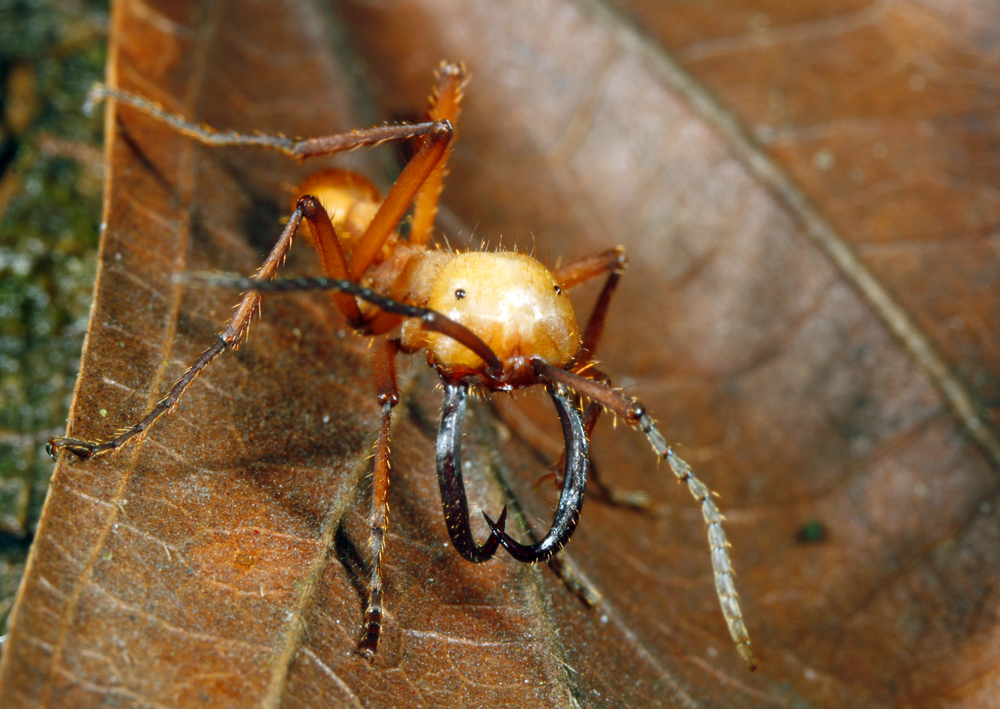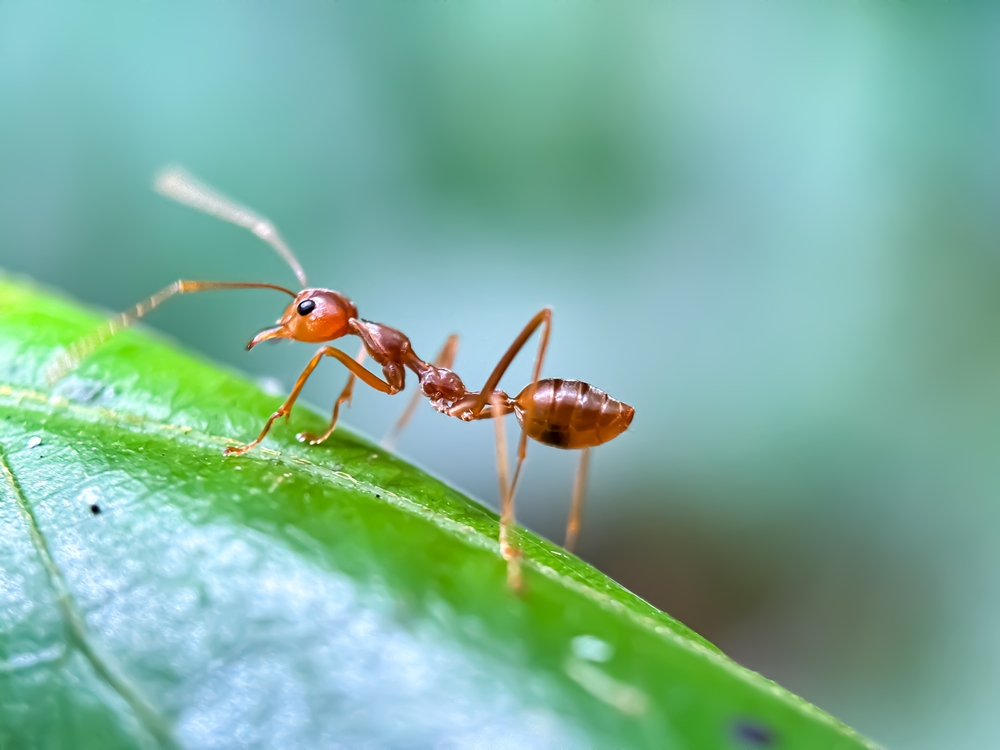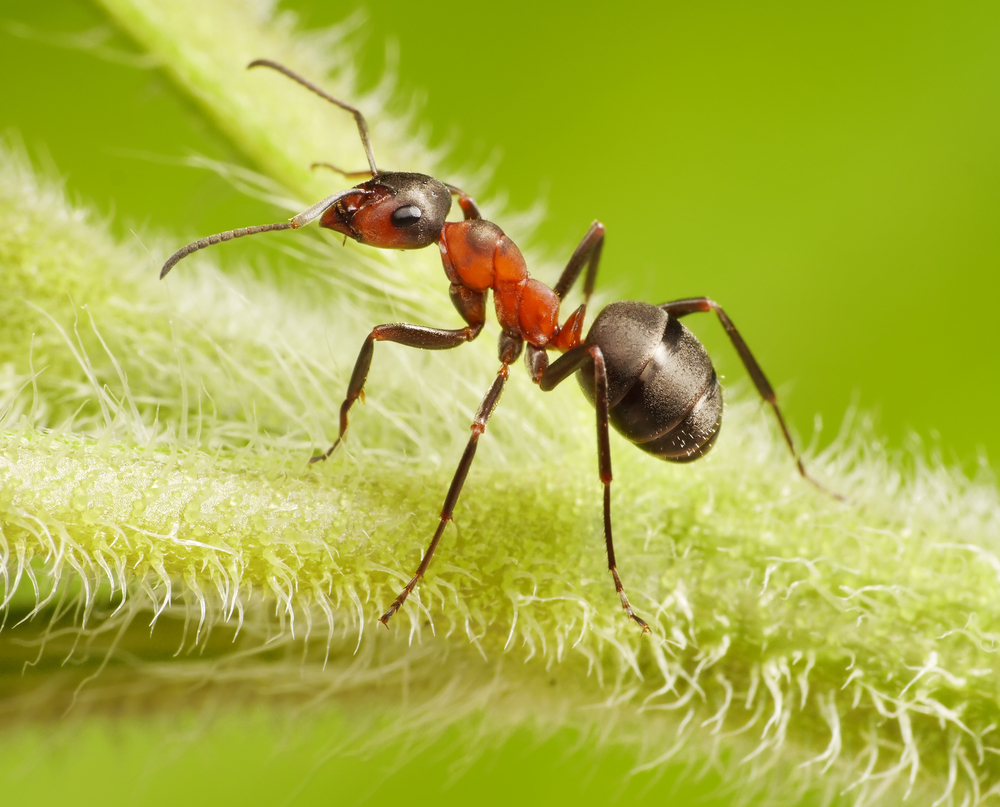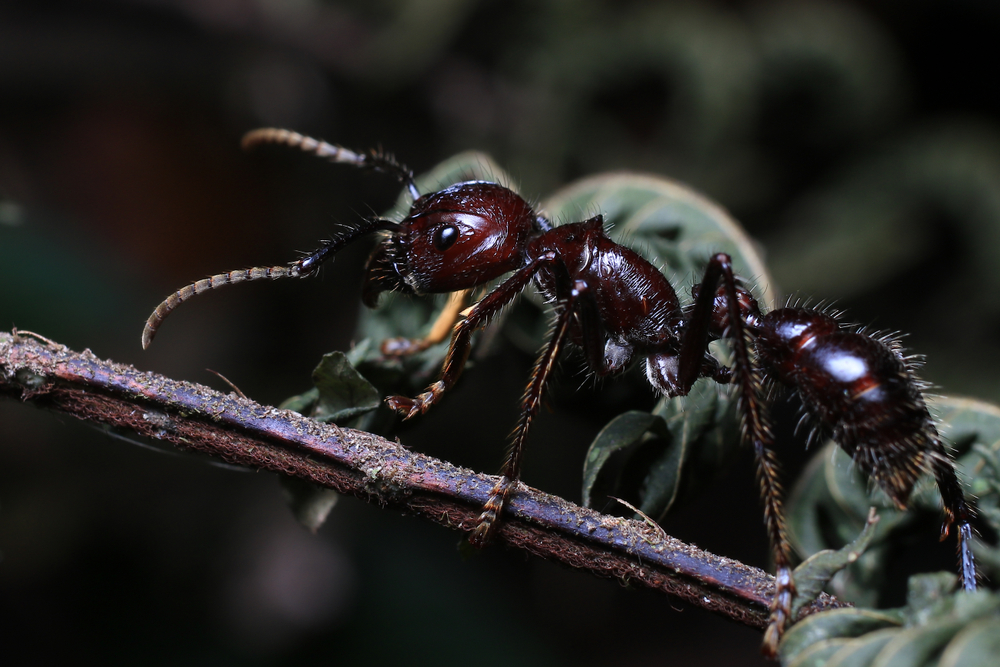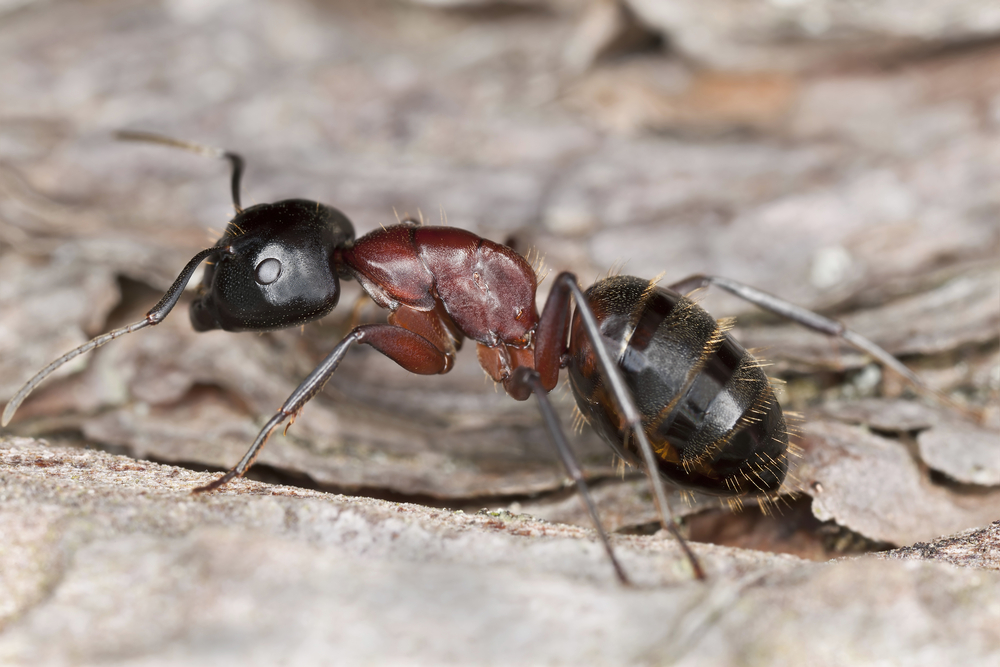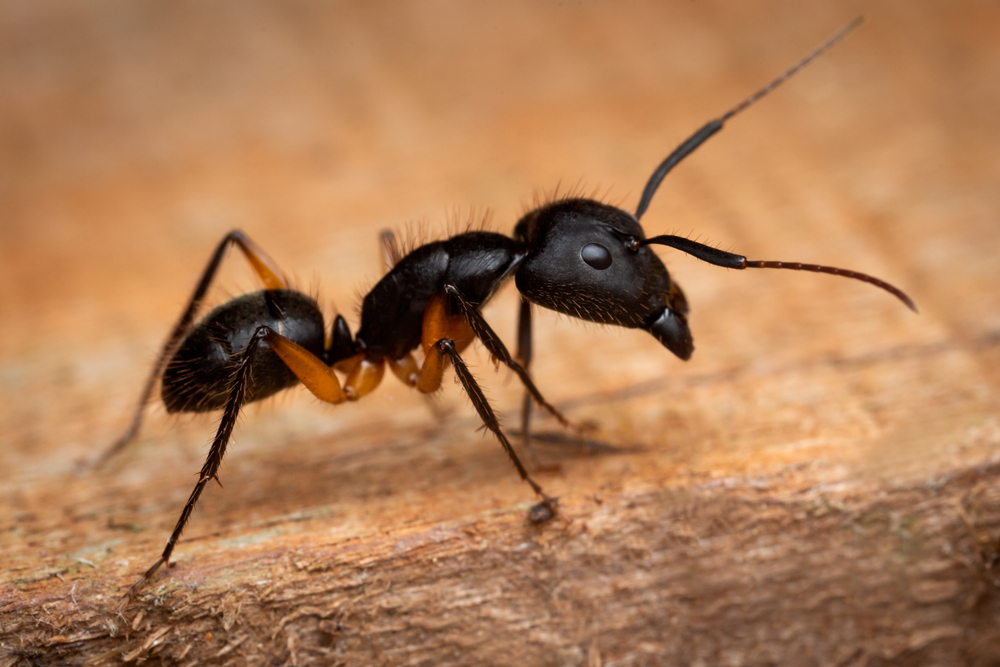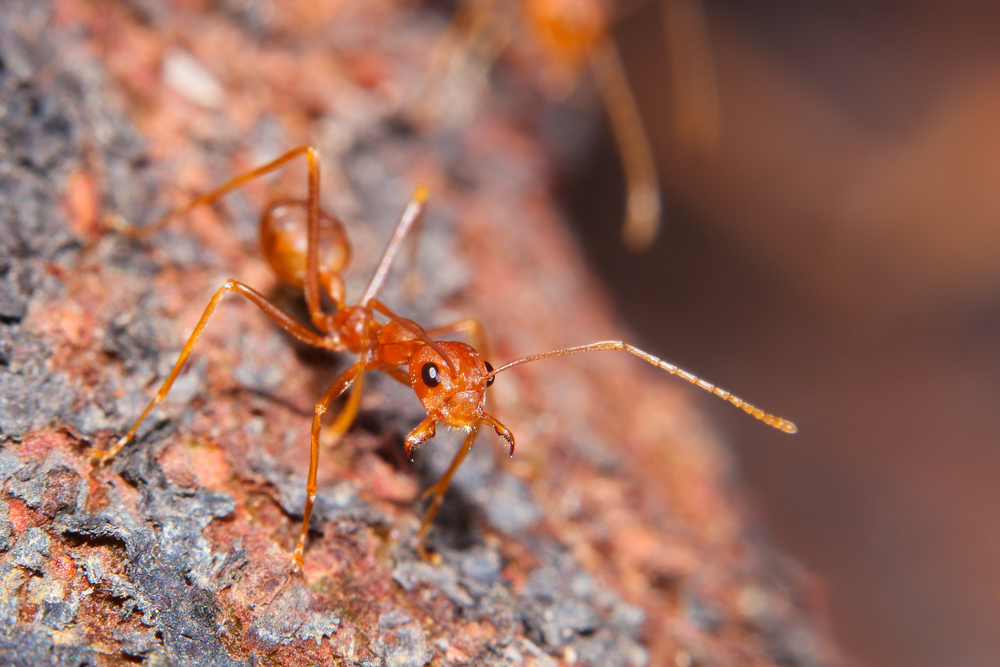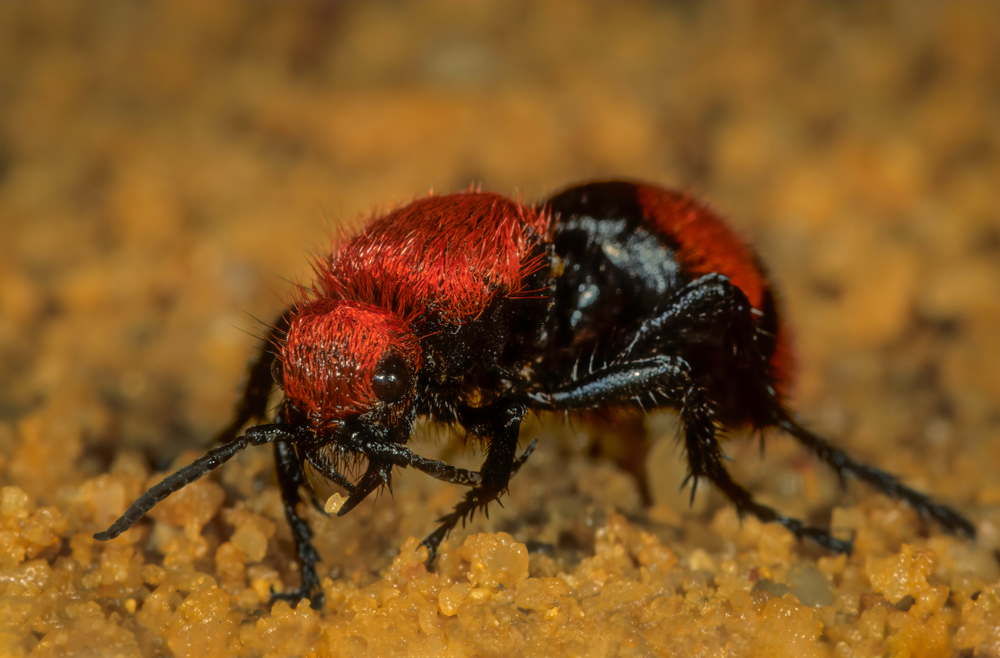About
#Insect
The harvester ant refers to several species, especially in the genera Pogonomyrmex and Messor, known for their seed-collecting behavior and importance in arid ecosystems. Found in North America, Africa, Europe, and Asia, these ants thrive in grasslands, deserts, and scrublands, where they play a critical role in soil aeration and seed dispersal.
Harvester ants are medium to large in size and vary in color from red to black, depending on the species. Colonies are typically underground with visible circular clearings around the nest entrance where workers remove vegetation and debris. These ants are best known for gathering seeds, which they store in underground chambers and use as a primary food source. They also eat small insects and dead arthropods when available.
Some species, like Pogonomyrmex barbatus (the red harvester ant), have potent stings used for defense. Their foraging trails are often well-worn and lead to specific harvesting sites. Harvester ants are highly organized, with division of labor among workers for digging, foraging, and caring for the queen and brood.
They are ecologically beneficial: their seed-handling activity promotes plant diversity, while their tunnels improve soil structure and water infiltration. However, in some regions, they may compete with livestock for grass seeds or become pests in cultivated areas.
With their impressive foraging strategies and ecological significance, harvester ants are key players in dryland ecosystems across multiple continents.
Threatened:
Extinct
Critically Endangered
Endangered
Vulnerable
Near Threatened
Least Concern



































































